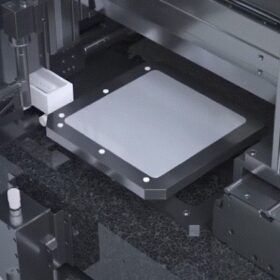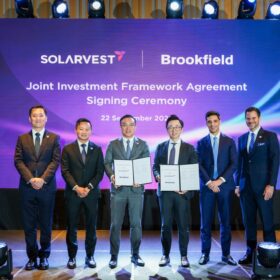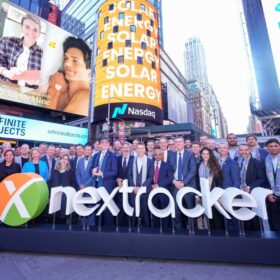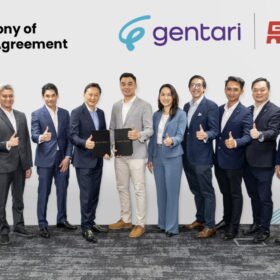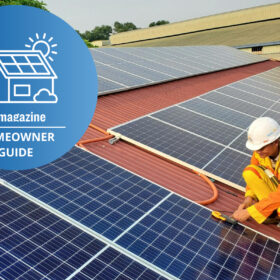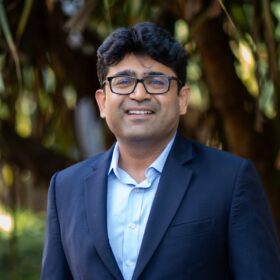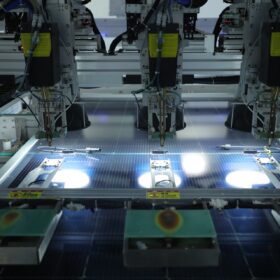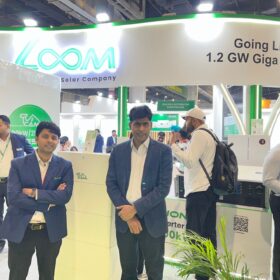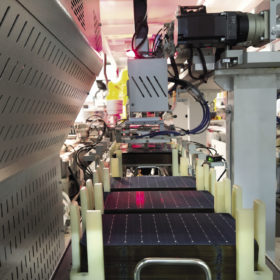IEA-PVPS warns soiling costs solar industry billions per year
The International Energy Agency’s Photovoltaic Power Systems Programme (IEA-PVPS) says dust, pollution, and debris on solar panels reduce output by 4% to 7% worldwide, costing the industry billions of euros annually and making tailored mitigation increasingly urgent.
NPC Incorporated, Gosan Tech partner on perovskite solar module manufacturing
The alliance aims to utilize Gosan’s advanced inkjet printing technology in the manufacturing of perovskite modules, mainly for the Japanese and US markets.
Brookfield, Solarvest partner on 1.5 GW of solar-plus-storage in Malaysia
The two parties have signed a joint investment framework agreement to develop, construct and operate 1.5 GW worth of solar-plus-storage projects in Malaysia over the next three to five years.
Global H2 investment tops $110 billion, says Hydrogen Council
Global hydrogen investment has topped $110 billion, up $35 billion from last year, with total committed capacity exceeding 6 million tons (metric tons) per year (mtpa), says the Hydrogen Council.
Nextracker acquires Origami Solar for $53 million
Nextracker has acquired US steel solar frame maker Origami Solar for $53 million, expanding into panel frame production to accelerate installations, support local supply chains and improve system durability.
Philippines renewables auction awards 9.4 GW, short of 10.6 GW goal
Preliminary results from the fourth renewables auction in the Philippines show 9.4 GW in awarded solar, wind and storage projects, short of the 10.6 GW target, with remaining capacity in floating solar and solar-plus-storage to be reassigned to qualified bidders.
Thailand opens 364 MW solar tender
The Electricity Generating Authority of Thailand (EGAT) has kicked off a tender for a floating solar project at the Srinagarind Dam, already home to one of its power stations. Interested bidders can purchase tender documents until Sept. 26.
Jordan to install solar at homes of disabled people
Jordan’s government will fund a five-year program to install grid-connected solar systems at 1,000 homes of disabled people and their families, starting in 2026.
Malaysian partners to develop 1.5 GW of solar
Subsidiaries of Gentari and Gamuda will develop 1.5 GW of solar with battery storage in Malaysia to supply hyperscale data centers under the Corporate Renewable Energy Supply Scheme (CRESS), supporting the country’s push to expand clean energy and meet rising tech-sector demand.
pv magazine Homeowner Guide: Finding the right solar installer
pv magazine is compiling a guide to home solar installations, aimed at those who are interested in installing but are new to the market and want to make an informed decision. We have spoken to associations, installers and industry specialists in major solar markets across the globe to compile best practice guidance and advice that aims to be applicable to home solar installations anywhere in the world.

